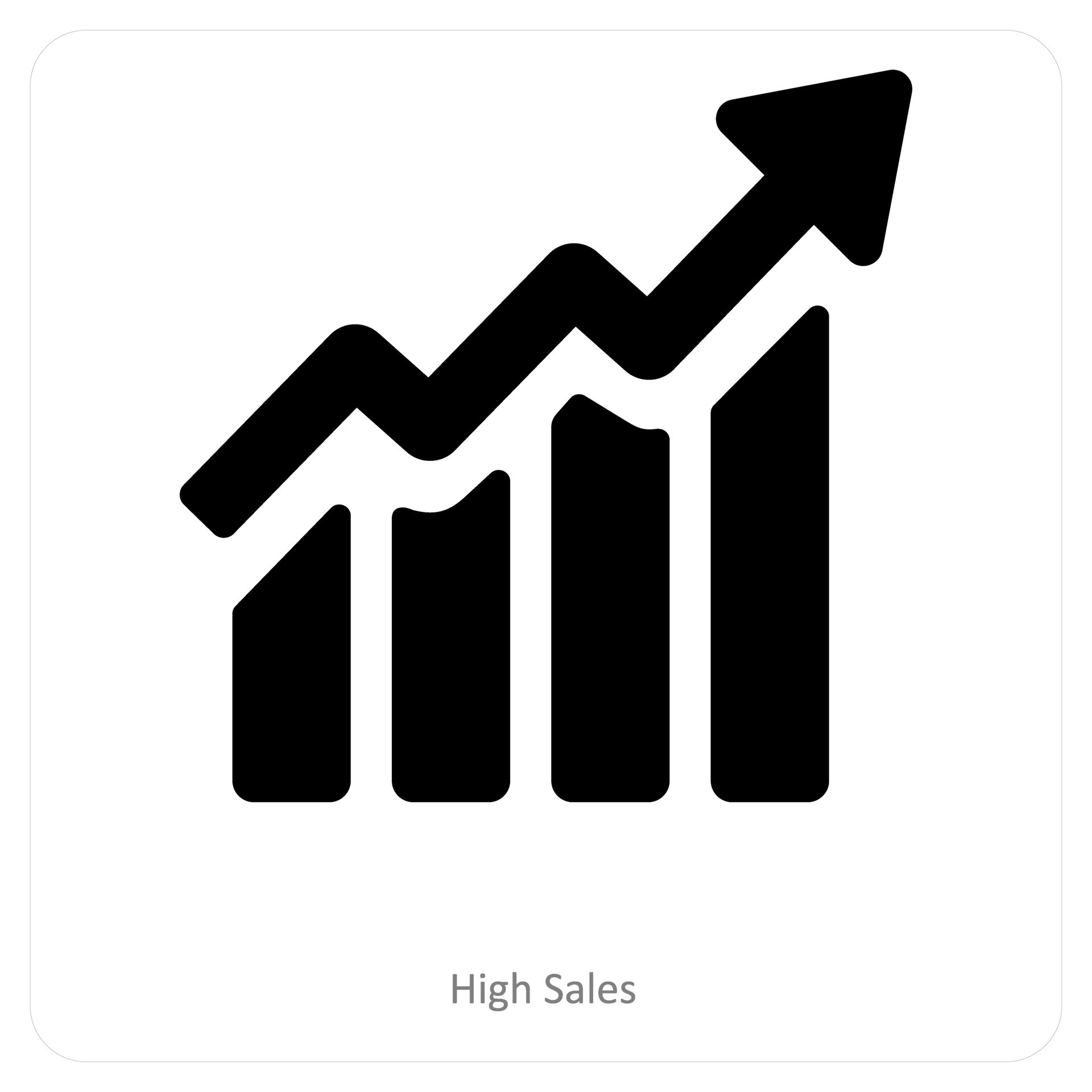Introduction to Picfair and Image Optimization

Picfair is a platform that allows photographers to sell their images online, providing a marketplace for both amateur and professional creators. To achieve higher sales, it is crucial to optimize your photos. Image optimization involves enhancing the quality and appeal of your photos while ensuring they meet the technical specifications required for online sales. This not only attracts potential buyers but also improves the visibility of your images in search results.
Understanding the Importance of Image Quality

Image quality is a critical factor in attracting potential buyers on platforms like Picfair. High-resolution images are essential as they provide clear and detailed visuals that can captivate an audience. Images that appear pixelated or poorly lit can deter buyers and lead to fewer sales. It’s essential to ensure that your photos are well-composed, properly lit, and free of distracting elements.
Moreover, optimized images load faster, which is crucial for maintaining viewer interest. Slow-loading images can lead to higher bounce rates, meaning potential buyers may leave your page before they have a chance to appreciate your work. Using the right file formats and compressing images without losing quality can significantly enhance load times.
Furthermore, image quality impacts your professional reputation. High-quality photos convey a sense of professionalism, making buyers more likely to trust your work. This trust can lead to repeat customers and a strong reputation within the Picfair community. By focusing on the quality of your images, you are not only improving your chances for sales but also establishing a valuable brand identity.
In summary, prioritizing image quality through optimization techniques is vital for success on Picfair. It ensures that your photos are visually appealing, load quickly, and reflect professionalism, all of which contribute to higher sales potential.
Best Practices for Image Size and Resolution
When it comes to selling your photos on Picfair, image size and resolution are crucial. The right balance ensures your images look stunning while remaining optimized for faster loading times. Here are some best practices to follow:
- High Quality: Aim for images with a minimum resolution of 300 DPI (dots per inch). This is essential for print quality and ensures that your photos maintain clarity across different sizes.
- Optimal Dimensions: A good starting point for image dimensions is 3000 x 2000 pixels. This provides a versatile size suitable for various uses, from web display to large prints.
- File Formats: JPEG is typically your best bet for photographs, as it balances quality with file size. However, consider using PNG for images requiring transparency.
- Compression: Use image compression tools to reduce file size without sacrificing too much quality. This can drastically improve your site loading times and enhance user experience.
By honing in on the perfect image resolution and size, you not only improve the visual appeal of your work but also cater to a wider audience, ultimately boosting your sales on Picfair.
Crafting Captivating Titles and Tags for Your Images
Crafting captivating titles and tags for your images is an art in itself. These elements help potential buyers find your photos among the vast sea of options on Picfair. Here are some tips to make your titles and tags stand out:
- Descriptive Titles: Your title should be descriptive yet engaging. Instead of simply naming it “Sunset,” consider “Breathtaking Golden Sunset Over Tranquil Lake.” This not only improves SEO but also captures the essence of your work.
- Use Keywords: Research relevant keywords that potential buyers might use to search for images like yours. Utilize tools like Google Trends or keyword planners to identify popular terms.
- Be Specific: Include details such as the location, season, or mood in your tagging. For example, “Winter Snowfall in Central Park – New York” can help buyers searching for specific imagery.
- Aim for Variety: Use a mix of broad tags and specific tags. Broad tags help capture a larger audience, while specific tags cater to niche markets.
By putting thought into how you title and tag your images, you significantly increase the chances of your work being discovered and purchased. Remember, first impressions matter, and a compelling title can be the difference between a potential click and a missed opportunity!
Leveraging Metadata to Enhance Discoverability
When it comes to selling your photos on Picfair, metadata plays a crucial role in helping potential buyers discover your images. Metadata includes information such as titles, descriptions, and keywords that provide context about your photos. Here are some tips to optimize your metadata:
- Use Descriptive Titles: Make your titles concise yet descriptive. Instead of “Image001,” try “Golden Sunset Over Rocky Mountains.” This not only helps with SEO but also captures the essence of your image.
- Craft Compelling Descriptions: Your description should tell a story about the image. Explain what makes it unique, where it was taken, and any emotional connections it can evoke. A well-crafted description can increase buyer interest.
- Choose Relevant Keywords: Think about what keywords potential buyers might use to search for your type of image. Aim for a mix of broad and specific terms. For example, if you have a photo of a “beautiful beach sunset,” you might use keywords like “sunset,” “beach,” “vacation,” and “tropical paradise.”
- Include Location Tags: If your images feature specific locations, include these as tags. This can attract customers looking for images of that area for travel blogs or promotional materials.
Remember, the key to effective metadata is to provide enough information without overwhelming potential buyers. Keep it relevant and engaging, and you’ll find that more people are discovering and purchasing your beautiful photos!
Promoting Your Images Beyond Picfair
While Picfair is a fantastic platform for selling your photos, don’t forget the power of external promotion! Leveraging other channels can significantly boost your visibility and sales. Here are some strategies to promote your images beyond the platform:
- Social Media: Share your images on platforms like Instagram, Facebook, and Pinterest. Create visually appealing posts and engage with your audience. Use relevant hashtags to reach a broader audience—think about tags like Photography, ArtForSale, and BuyArt.
- Blogging: If you have your own blog or website, write posts that feature your photos. Share the story behind the image, its significance, and where it can be purchased. This can drive traffic to your Picfair page as well.
- Email Newsletters: Create a newsletter featuring your latest works. Include stunning visuals along with links to your Picfair portfolio. Regular updates keep fans engaged and remind them to check out your new offerings.
- Collaborate with Influencers: Reach out to influencers or fellow photographers who have a following that aligns with your style. Collaborating on projects or features can expose your work to a larger audience.
By promoting your images actively, you can create a buzz that not only increases your visibility but also boosts your sales on Picfair. Remember, every effort counts, so keep engaging and sharing your passion for photography!
Monitoring Performance and Making Adjustments
Now that you’ve uploaded your stunning images to Picfair, it’s time to keep an eye on their performance. Monitoring your sales data and performance metrics is crucial to understand what’s working and what isn’t. Here are some key areas to focus on:
- Sales Tracking: Regularly check which photos are selling well. If certain images are consistently performing, consider creating more content in that niche.
- Customer Feedback: Pay attention to any feedback you receive. Positive reviews and constructive criticism can guide your future shoots. Don’t hesitate to reach out to buyers and ask for their thoughts!
- Analytics Tools: Utilize tools provided by Picfair or third-party analytics tools to gather insights on page views, click-through rates, and conversion rates. This data helps identify trends.
Additionally, consider testing different marketing strategies. A/B testing can give you insight into which promotions or descriptions resonate more with buyers. Keep track of your findings and be prepared to pivot your strategy based on what the data shows.
Finally, stay flexible. The photography market can be unpredictable. If you notice certain styles or subjects gaining popularity, don’t be afraid to adapt your portfolio. The key is to be proactive rather than reactive. Monitoring performance is not a one-time task; it’s a continuous cycle that will ultimately lead to better sales and a stronger presence on Picfair.
Conclusion and Final Tips for Success
As we wrap up our journey on how to optimize your Picfair photos for higher sales, let’s recap some essential takeaways and offer a few final tips for success:
- Quality Over Quantity: Always prioritize high-quality images. Invest time in ensuring that your photographs are technically sound and visually appealing.
- Optimize Titles and Descriptions: Make your photos searchable by writing clear, engaging titles and detailed descriptions that include relevant keywords.
- Engage with Your Audience: Building relationships with your customers can lead to repeat sales. Share your story and the inspiration behind your photography.
- Stay Consistent: Regularly update your portfolio with new content. Consistency keeps your audience engaged and helps maintain visibility in the marketplace.
Ultimately, success on Picfair is a combination of creativity, strategy, and adaptability. Don’t hesitate to experiment and try different approaches. Celebrate your victories, learn from your challenges, and keep pushing the envelope. Remember, the journey in photography is as enriching as the destination—so have fun along the way!


